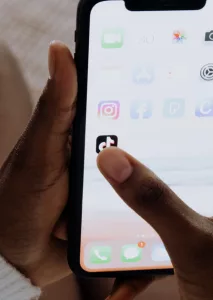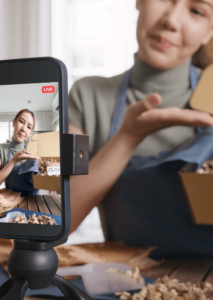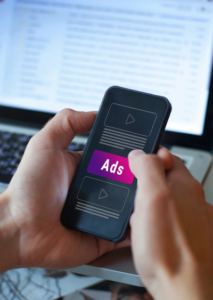The world of digital advertising is like the wild west, every company has their own definitions and way of talking about digital advertising and marketing. Below are the Lotus digital definitions of terms for targeting your ads to your potential customers.
Targeting Consumers based on previous behaviors and what they have shown interest in online across all devices.
Targeting a group of people on age, gender, race, ethnicity, language, household income, etc.
Targeting specific websites that contain keywords related to your business and showing your ad simply because the keyword is in the article or blog. For example, serving your ad on a webpage that contains the words “healthy” or “exercise” if you are a Gym wanting to target people reading about a healthy lifestyle, or exercise.
Targeting websites that are a specific contextual segment, for example targeting ESPN.com when wanting to have the add in “sports contextual” content.
Drawing a digital fence around a specific building or small location to target the people who walk in and out. People who walk into the Geo-Fence must have GPS enabled on their mobile device and must do something online while inside the location. This information will be on your reports as “onsite visit tracking”. Typically, 25%-30% of total traffic driven by the ad campaign can be tracked.
This is automatically added when you have Geo-Fencing on your campaign. Anyone who walks into a geo-fence, has GPS enabled, and does something on their phone while in the location can then be retargeted with your ads for up to 30 days after they leave.
This is an additional ad-on to Geo-Fencing. After geo-retargeting someone, this allows you to serve ads to people who “look like” those who are interacting with your ad. This gives you the ability to pick up new customers and show your ad to people who behaviorally or demographically “look-like” those people who are already showing interest in your ad. Highly recommended add-on for any Geo-Fencing campaign.
The ability to choose multiple very small radiuses around specific buildings or areas of town to focus ad impressions being served. This is to be done over a period of time – but not for a specific event on a specific day.
For OTT when considering a Private Marketplace Deal, note that these deals rarely have behavior included, but could target by demographic within the deal. These are specifically curated deals to serve ads only within these marketplaces. For example, Peacock TV, Paramount +, HULU, Amazon Prime etc.
Serving ads to website visitors to get them to return to the site. Automatically added to every campaign. When running OTT a display ad campaign for retargeting can be added for a nominal monthly spend to help increase conversions and website visits.
Use a purchased list, CRM, current or past customers, and target those people in their homes on any device. Continue to retarget those people as they interact with your ad to keep them engaged and gain website traffic.
This is typically added to a campaign to target people who we cannot target behaviorally or haven’t started looking for your product yet, but have a high likelihood of being a prospect because of past behaviors. This strategy is like a broom, sweeping up all the potential clients that other targeting may have missed. As people interact with it, the algorithm gets smarter, and targets more people who look like those customers.
Utilized only with a standard Mobile Conquesting campaign. Can choose specific weather incidences to trigger ads, ie: summer rainstorm would trigger car wash ads. Fire season could trigger restoration ads. Can chose any type of forecasted weather incidence as ad trigger, once incident is out of forecast, the ads stop.
Using a CRM list, past client list, or purchased list to map and target specific households, and all devices within that household. This targeting comes with a match back report each quarter.











